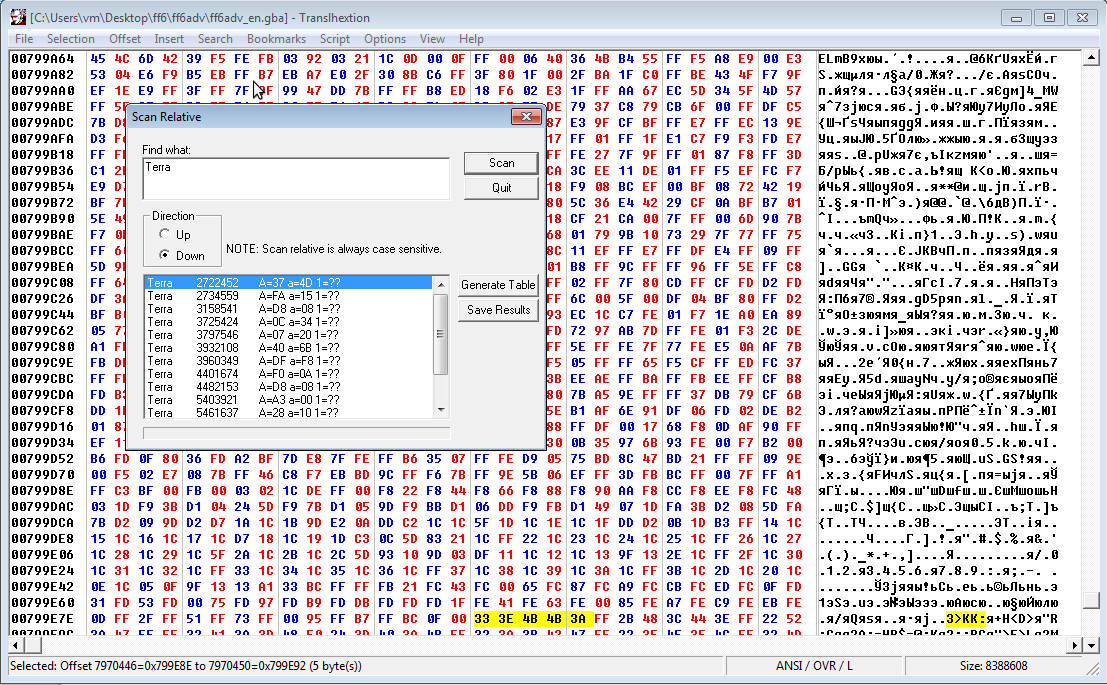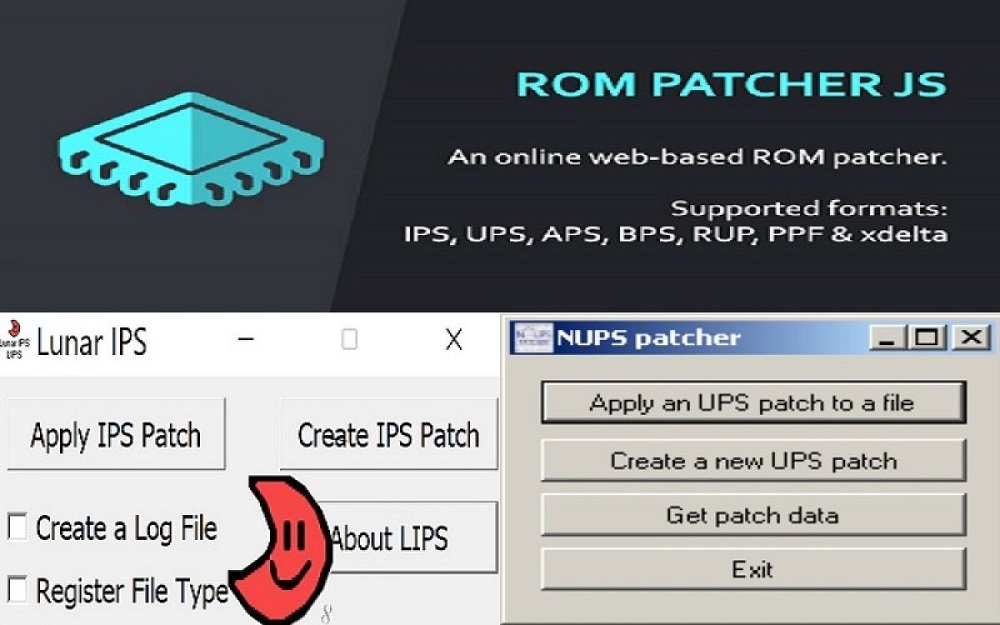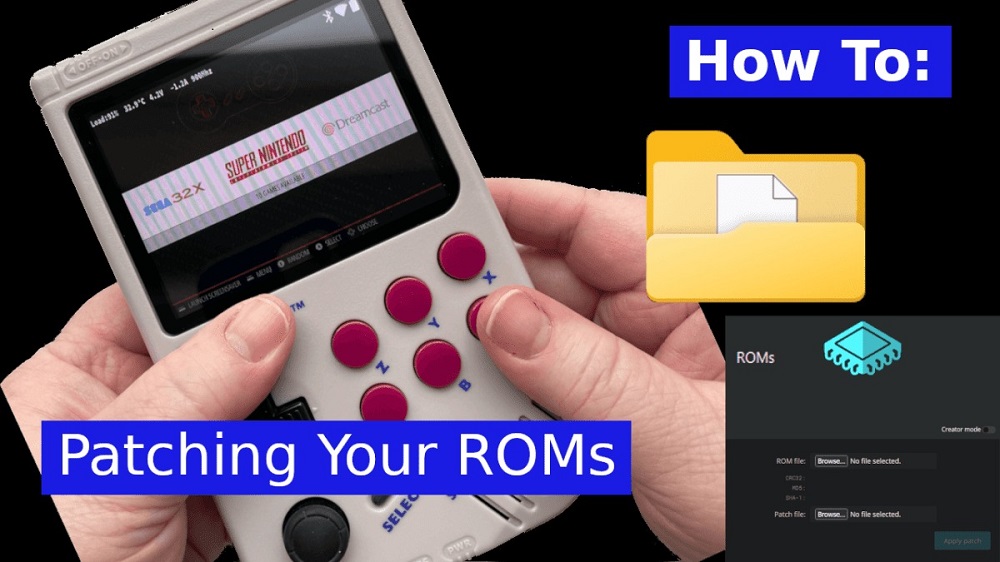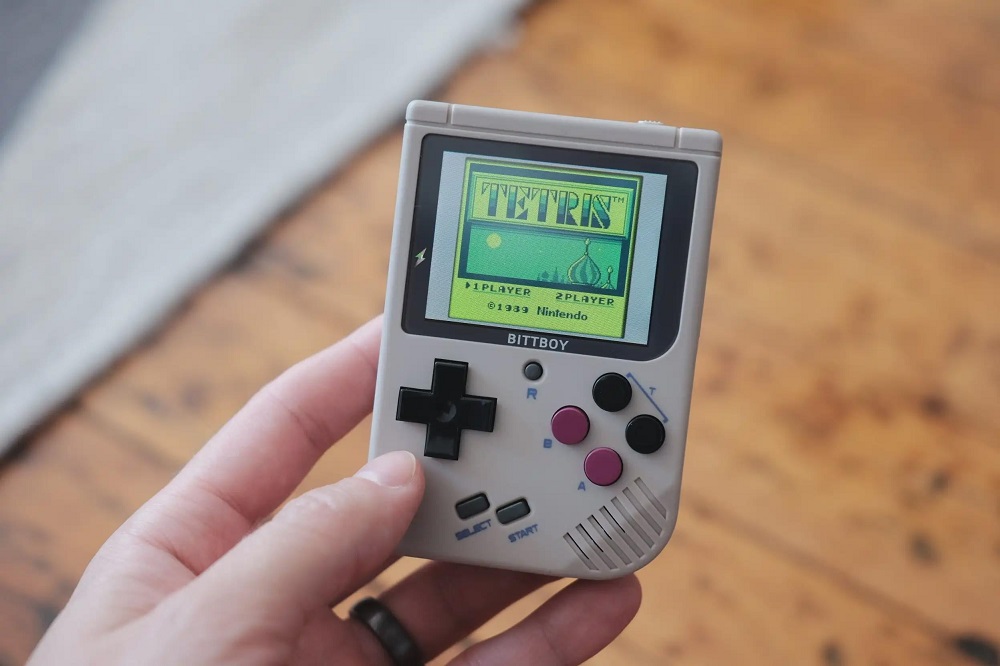Retro games are magical — but what if you could make them even better? Imagine translating a Japanese-only RPG into English, fixing frustrating bugs, or adding brand-new levels to your favorite platformer. This is where ROM hacking comes in.
ROM hacking is the practice of modifying game files to change graphics, text, levels, or even core gameplay. For fans of retro consoles, it’s not just about preservation — it’s about reinvention, keeping classics alive in creative new ways.
This guide from Oldies Nest will walk you through the basics of ROM hacking, what tools you need, and how to get started responsibly.
What Is ROM Hacking?

A ROM (Read-Only Memory) file is a digital copy of a video game, usually from older consoles like the NES, SNES, or Genesis. ROM hacking modifies that file to produce a new version of the game.
Common ROM hacks include:
- Translations: Localizing games never released outside Japan.
- Bug Fixes: Repairing glitches left by original developers.
- Graphics Mods: Updating sprites, colors, or backgrounds.
- Gameplay Overhauls: New characters, levels, or mechanics.
- Crossovers: Fan-made mashups (e.g., Mario in Sonic the Hedgehog).
ROM hacking has produced classics of its own, sometimes rivaling the originals in creativity and fan following.
Why People Hack ROMs

ROM hacking appeals for several reasons:
- Accessibility: Fans translate RPGs like Mother 3 so international players can enjoy them.
- Customization: Create personal versions of favorite games.
- Preservation: Keep old games relevant by fixing compatibility issues.
- Creativity: Expand retro games with entirely new content.
It’s not unlike the appeal of retro game collecting — it’s about cherishing the past while reshaping it for today.
Tools of the Trade
To get started with ROM hacking, you’ll need some essential tools:
- ROM Patcher – Programs like the Online ROM Patcher make applying patches simple.
- Hex Editors – Allow direct modification of the ROM’s binary code.
- Tile Editors – Tools for editing graphics and sprites.
- Level Editors – Fan-made editors specific to certain games (Super Mario World, Pokémon, etc.).
- Emulators – For testing your modifications safely.
While this might sound technical, modern patchers have made the process beginner-friendly.
Understanding Patch Formats
Most ROM hacks are distributed as patch files rather than complete ROMs, for legal reasons. Common patch formats include:
- IPS: Ideal for small hacks.
- UPS: Universal format with error checking.
- BPS: Handles larger modifications.
- XDelta: Good for binary compression.
- PPF: Often used for PlayStation games.
You apply these patches to original ROMs using a patcher tool. The result? A playable hacked version of the game.
Legal and Ethical Considerations
ROM hacking lives in a gray legal zone. Distributing full game ROMs is illegal, but distributing patch files is generally accepted.
Ethical guidelines:
- Always own the original game if you’re modifying it.
- Only distribute patches, not the ROMs themselves.
- Respect the work of fan creators — credit matters.
Preservation and creativity thrive when fans respect these boundaries.
Step-by-Step: How to Apply a ROM Hack
Here’s how to get started as a beginner:
- Find a Patch File: Download from trusted sites (fan translation projects, romhacking.net).
- Get the Original ROM: Legally dump from your own cartridge.
- Choose a Patcher Tool: The Online ROM Patcher supports IPS, UPS, BPS, and more.
- Apply the Patch: Select your ROM, upload the patch, and process.
- Test in Emulator: Run the new ROM to ensure everything works.
- Enjoy Your Hack: Play with new features, translations, or improvements.
This workflow is beginner-friendly and ensures you stay on the right side of legality.
Famous ROM Hacks Worth Knowing
ROM hacking has produced legendary projects that rival official releases:
- Pokémon Prism – A massive fan-made Pokémon adventure.
- Super Mario World: Kaizo Mario – Infamous for extreme difficulty.
- Mother 3 English Translation – A labor of love that gave global fans access to the sequel to EarthBound.
- Chrono Trigger: Crimson Echoes – An ambitious fan sequel (though shut down officially).
These hacks showcase the passion of retro communities, much like the thriving emulation scene we explored in How Emulators Keep Retro Games Alive.
The Community Behind ROM Hacking
ROM hacking is fueled by communities:
- Romhacking.net – Central hub for patches, tools, and tutorials.
- Discord servers and Reddit – Spaces where fans collaborate.
- Fan translators – Groups dedicated to preserving Japanese-only classics.
These communities function like digital archives, ensuring creativity spreads beyond official channels.
Challenges for Beginners
Starting out, beginners may face:
- Confusing file formats.
- Compatibility issues with emulators.
- Technical jargon (hex codes, offsets).
The key is patience — start small, apply a few patches, and gradually learn more complex hacks. Like collecting or modding consoles, it’s a journey, not a race.
The Future of ROM Hacking
In 2025, ROM hacking remains vibrant. With modern tools, even beginners can create hacks without advanced coding. Looking forward:
- AI-assisted translation tools will make fan localizations faster.
- FPGA consoles may provide new ways to run hacks on real hardware.
- Preservation projects will rely on hacks to restore or translate lost games.
ROM hacking is no longer just a hobby — it’s becoming a form of digital folk art.
Conclusion: Rewriting History, One Game at a Time
ROM hacking empowers fans to keep retro games alive, fresh, and relevant. From translations to full overhauls, it bridges the gap between preservation and creativity.
For beginners, the journey starts with curiosity — applying that first patch, booting up the game, and seeing a new world emerge on the screen.
In the grand story of retro gaming, ROM hacking isn’t just a side note. It’s a vital chapter in ensuring classics are remembered, reimagined, and enjoyed by future generations.




